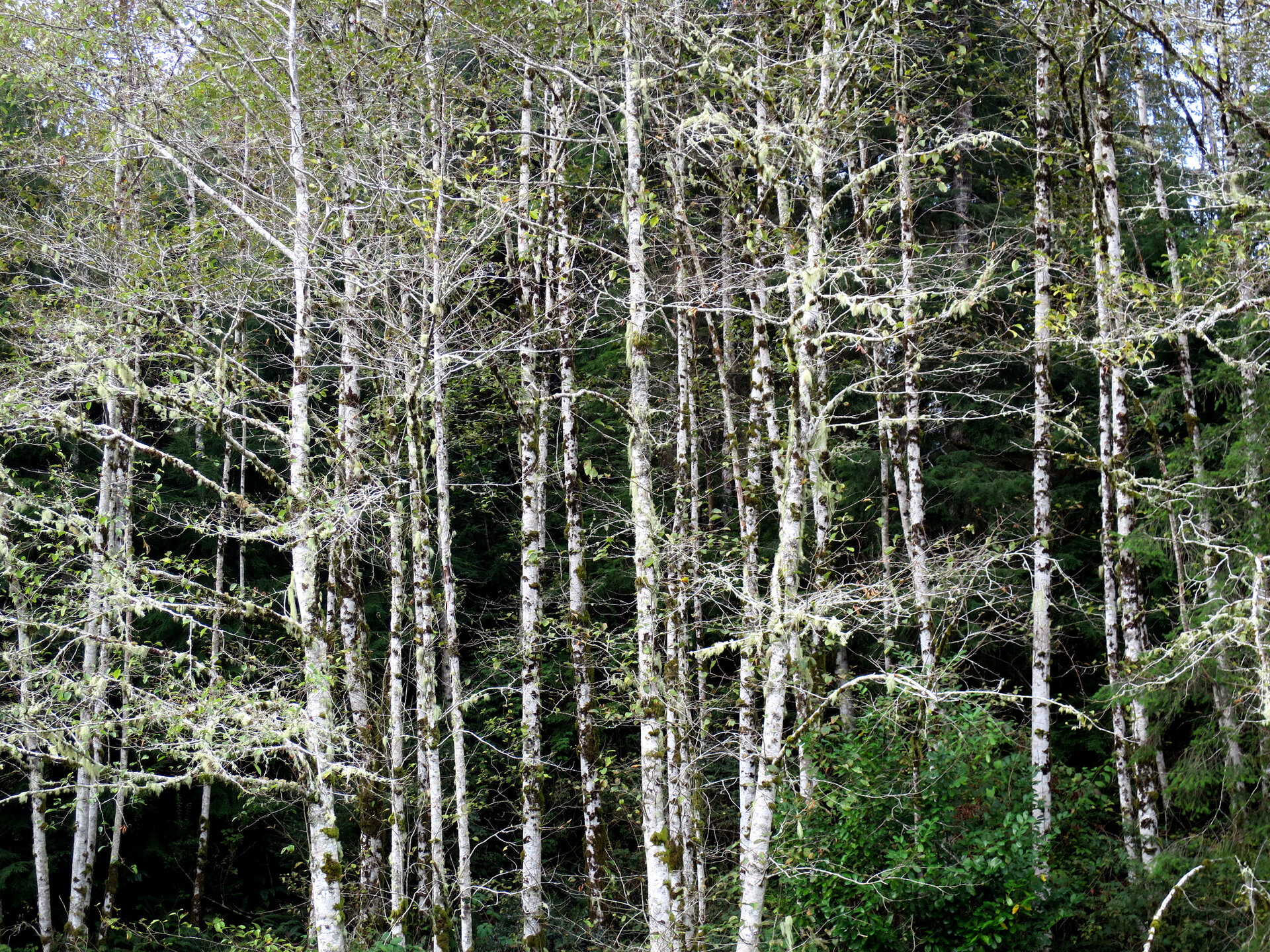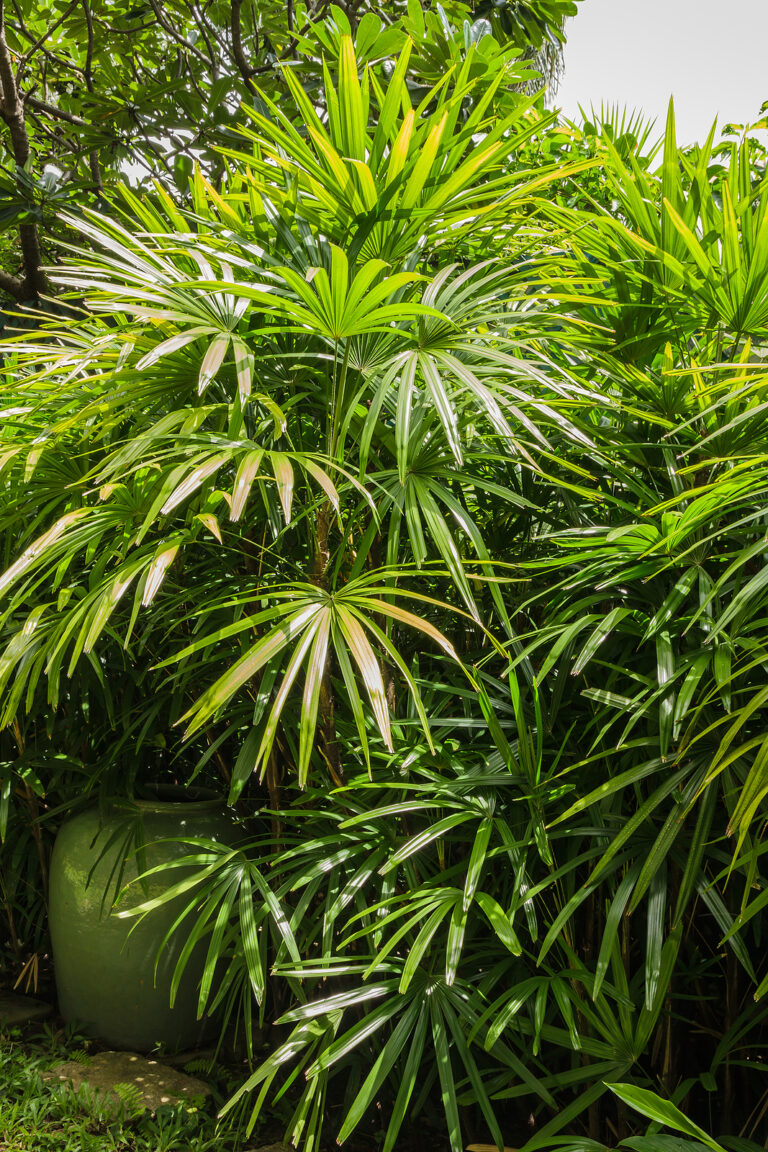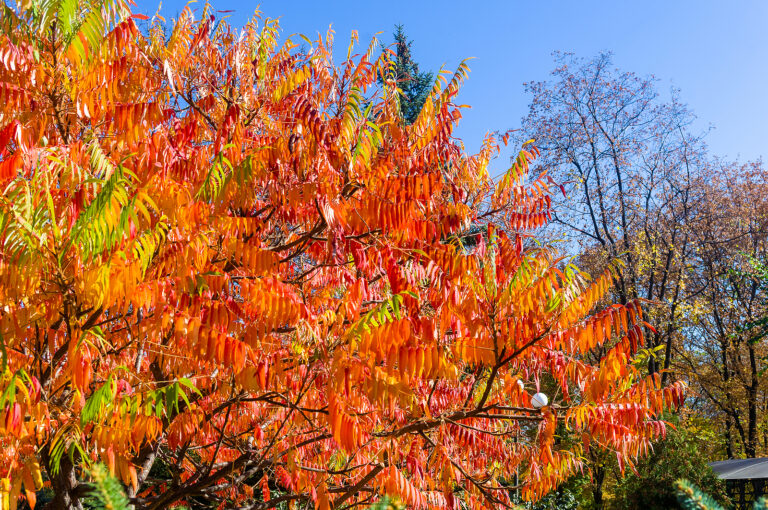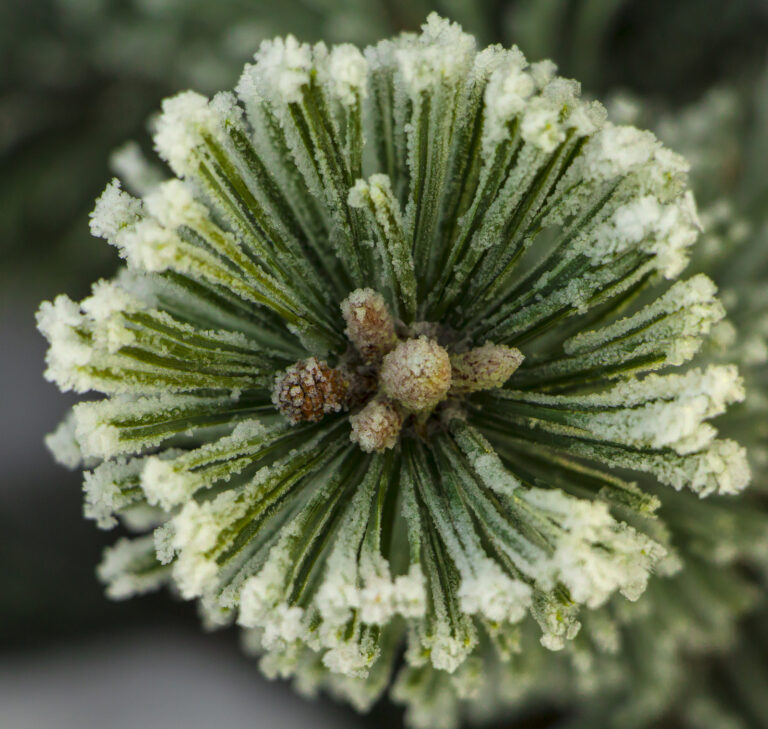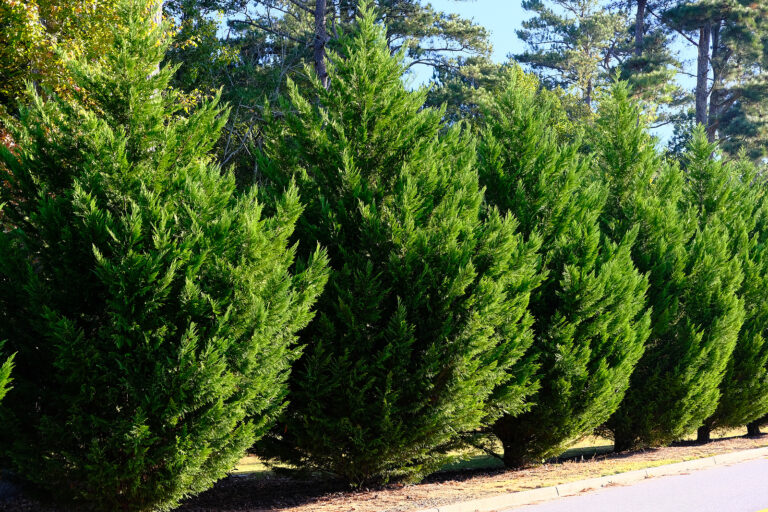How to Grow Alder — Alnus
They bear clusters of tassel-like greenish-yellow male flower catkins before they leaf out in spring, Female flowers develop into small woody cones that persist on bare branches in winter. The seeds attract birds.
Alnus can thrive in poor, wet soils; for that reason, they are often used in land reclamation. They can be planted in garden wet spots or near streams. Because Alnus are fast-growing, they can be used to establish windbreaks.
Alnus is a genus of about 35 species of deciduous trees and shrubs. They are native to the Northern Hemisphere,
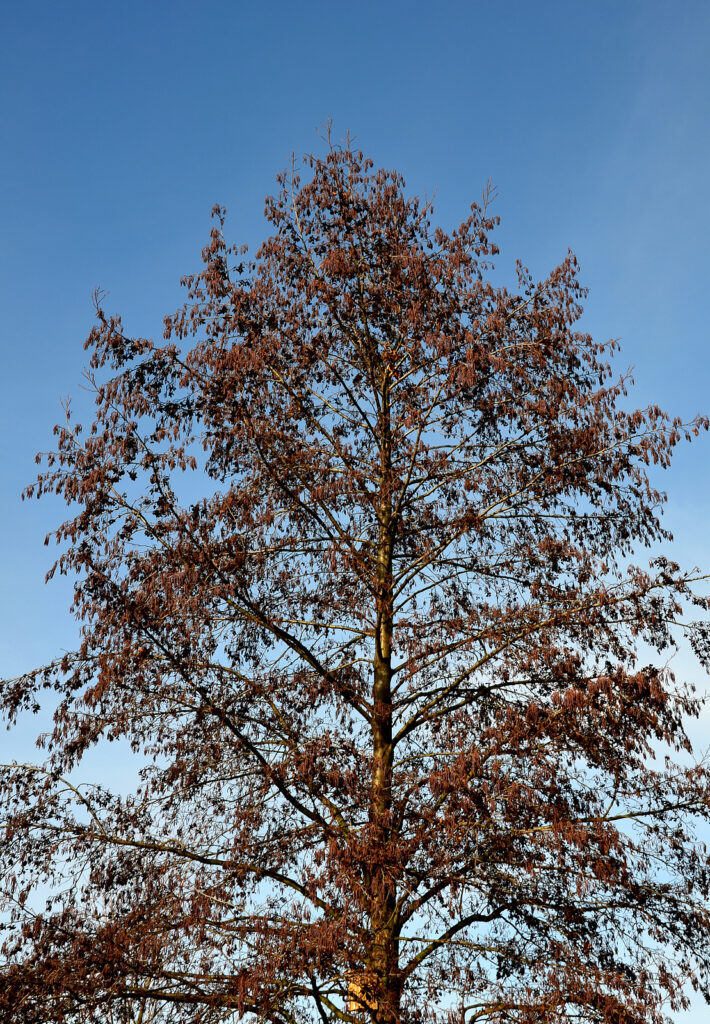
Get to know Alnus
- Plant type: Deciduous trees and shrubs
- Growing zones and range: Zones 2 to 8, varies by species
- Hardiness: Hardy to Zone2
- Height and width: Grow from 6-8 feet (2-2.5m) to 20 feet (6m) in four or five years, eventually becoming 30-50 feet (9-15m) tall and 20-30 feet (6-9m) wide
- Growth rate: Fast
- Form and habit: Conical
- Foliage: Alternate, simple, toothed leaves
- Flowers: Clusters of tassel-like, greenish yellow male catkins; Male and female flowers in separate catkins on the same tree; male catkins are conspicuous; females are smaller
- Fruits: Persistent, woody, cone-like green fruits, which turn brown in autumn
- Bloom time: Early spring
- Uses: Land reclamation, windbreaks, flower arrangements, near ponds
- Garden companions:
- Common name: Alder
- Botanical name: Alnus
- Family name: Betulaceae
- Origin: Northern Hemisphere
Where to plant Alnus
- Plant Alnus in full sun.
- Plant Alnus in moderately fertile, moist but well-drained to wet soil; even tolerates periodic flooding.
When to plant Alnus
- Set container-grown Alnus in the garden in spring or autumn.
- Sow Alnus seed in a seedbed as soon as ripe.
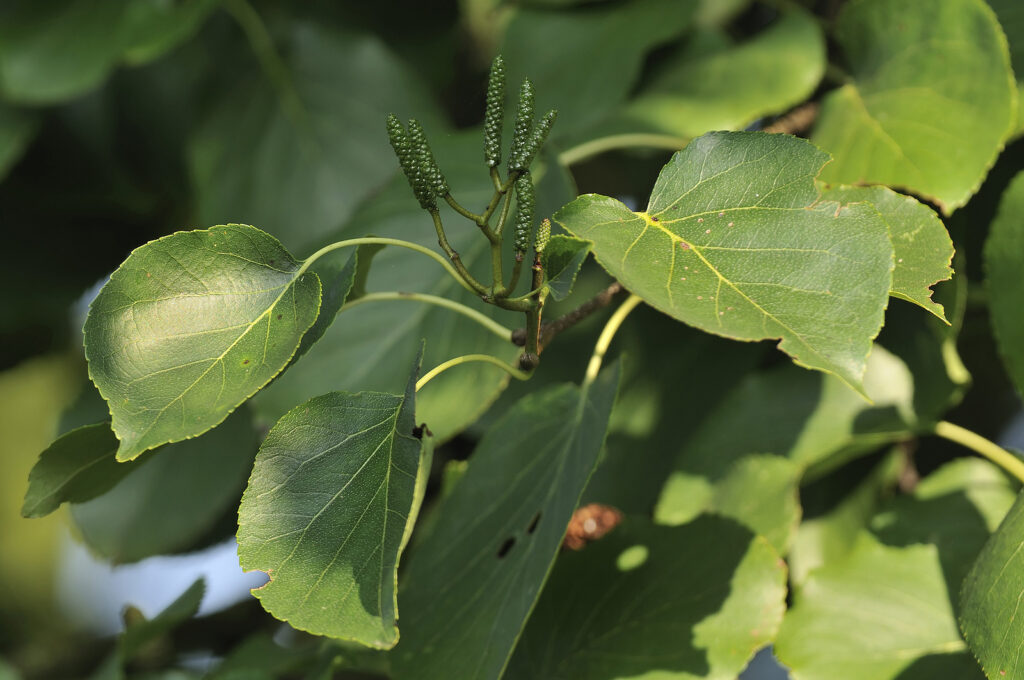
Planting and spacing Alnus
- Plant Alnus 30-70 feet (10-20m) apart, depending of species.
How to water and feed Alnus
- Give Alnus ample water.
- Feed Alnus with an all-purpose organic fertilizer in spring.
How to care for Alnus
- Prune Alnus between leaf fall and midwinter.
- Alnus often have multiple trunks but can be trained to grow with a single trunk by being pruned when young.
Alnus pests and diseases
- Alnus are prone to Phytophthora root rot.
- Alnus are susceptible to attacks by mealybugs, leaf miners, and tent caterpillars.

Alnus propagation
- Root hardwood cuttings in winter.
- Bud in late summer.
Alnus varieties to grow
- Alnus cordata, Italian alder, native to Italy, Corsica. Young growth vertical; older trees to 40 feet (13m), spreading to 25 feet (8m). Heart-shaped, 4 inches (11cm) leaves, glossy rich green above, paler beneath. Short deciduous period.
- A. rhombifolia, White alder, rounded tree with spreading branches and arching shoot-tips. Ovate, glossy, dark green leaves, to 4 inches (10cm) long, are yellow-green beneath. Groups of 2-7 pendent, yellowish brown male catkins, to 4 inches (10cm) long, open before the leaves in early spring. Bears ovoid fruit, .5 inch (1.5cm) long, in summer. To 80 feet (25m) tall and 70 feet (20m) wide. Western United States.
- A. rubra (syn. A oregona), Oregon alder, Red alder, very vigorous, conical tree with semi-pendent shoots and ovate, red-veined, glossy, dark green leaves, to 4 inches (10cm) or more long. Clusters of 2-5 pendent yellow male catkins, to 6 inches (15cm) long, open in early spring, followed by ovoid-long fruit, 1.25 inch (3cm) long, in summer. To 80 feet (25m) tall and 30 feet (10m) wide. Western North America.

